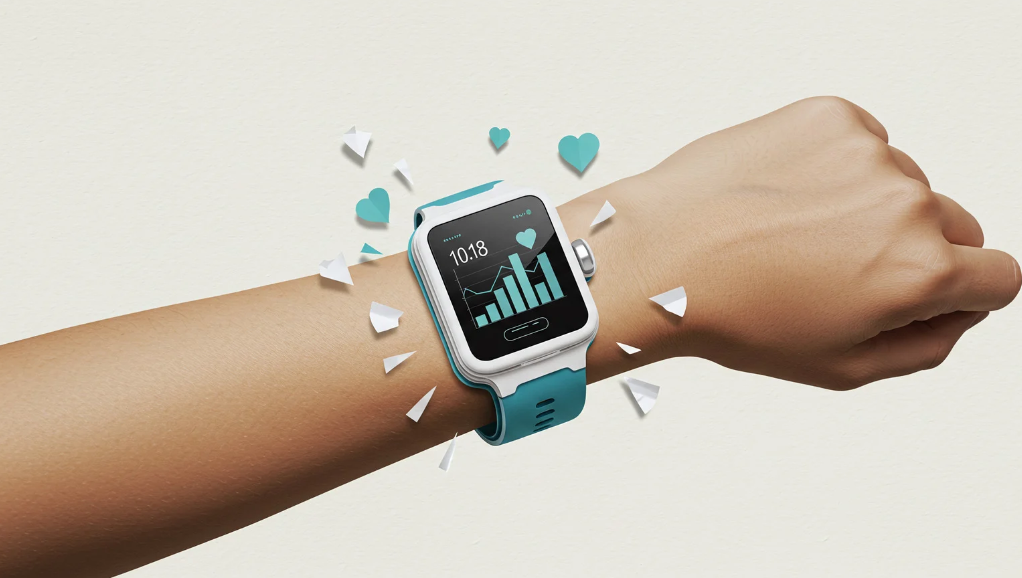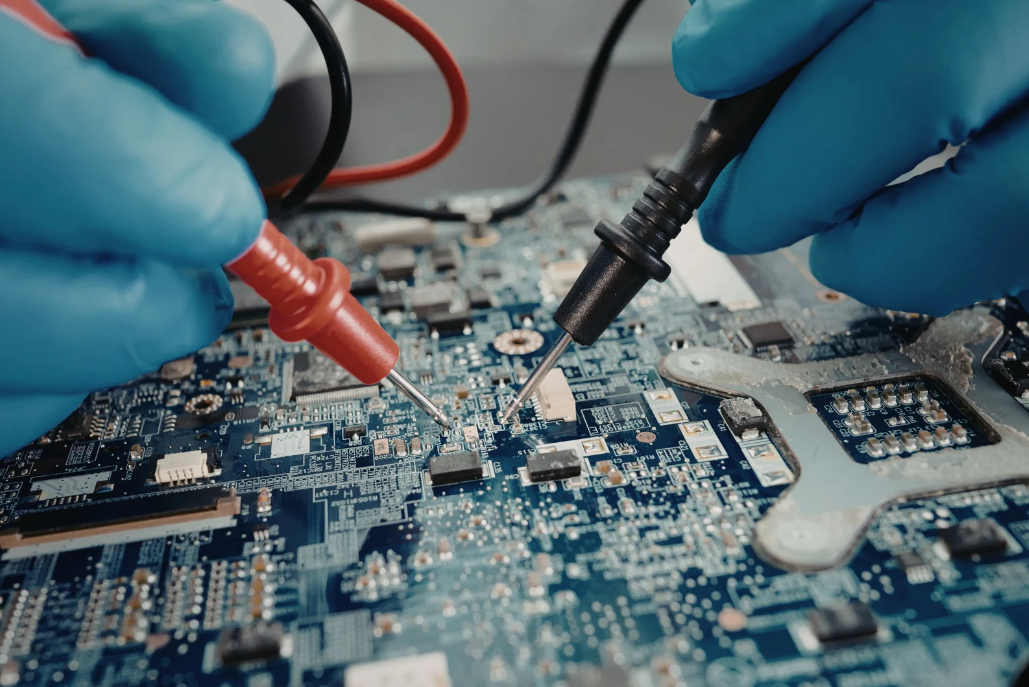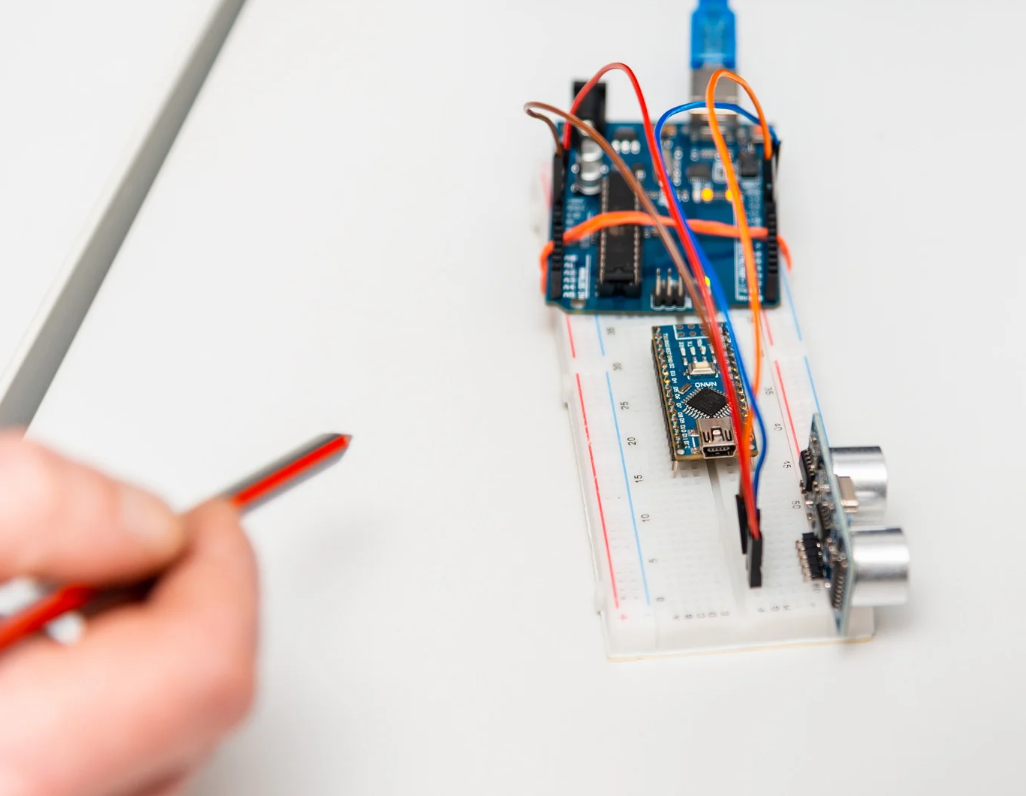Piezoelectric crystals are essential components in a wide array of technologies, from consumer electronics to advanced industrial equipment. Several companies stand out as key players in the global market, driving innovation and setting standards for quality and performance.
Recent Developments in High-Performance Piezoelectric Crystals
The piezoelectric crystal field is constantly evolving, with new materials and techniques emerging to meet the demands of various industries. It’s not just about making things smaller; it’s about making them better, more efficient, and more sustainable. Let’s take a look at some recent advancements.

New Crystal Materials for Advanced Applications
The search for new piezoelectric materials is driven by the need for improved performance and expanded applications. Researchers are exploring compounds that offer higher sensitivity, wider operating temperature ranges, and better stability. These new materials are crucial for applications in telecommunications, healthcare, and aerospace, where performance is paramount. For example, new lead-free options are being developed to replace older materials. These new materials are being developed to offer improved frequency response and sensitivity, targeting key industries such as telecommunications, healthcare, and aerospace.
Expanded Manufacturing Capabilities and Strategic Investments
To meet the growing demand for high-performance piezoelectric crystals, companies are investing heavily in expanding their manufacturing capabilities. This includes building new production facilities, upgrading existing equipment, and streamlining production processes. These investments are aimed at increasing production capacity, improving efficiency, and ensuring the consistent quality of piezoelectric components. This expansion is also expected to improve production efficiency, enabling the company to supply larger quantities of high-quality crystals for various industries.
Strategic Partnerships for Next-Generation Sensor Technology
Collaboration is key to innovation. Strategic partnerships between companies with expertise in materials science and sensor technology are driving the development of next-generation piezoelectric sensors. These partnerships focus on creating sensors with enhanced precision, energy efficiency, and reliability. The goal is to accelerate the commercialization of cutting-edge piezoelectric devices for use in medical diagnostics, industrial automation, and other critical applications. By combining their expertise in materials science and sensor technology, both companies aim to accelerate the commercialization of cutting-edge piezoelectric devices that will play a crucial role in modernizing healthcare and manufacturing processes.
The push for lead-free piezoelectric materials is a big deal. Environmental regulations are getting stricter, and consumers are demanding safer products. This means researchers are working hard to find alternatives that perform just as well, if not better, than traditional lead-based crystals. It’s a challenging task, but the progress is promising.
Market Trends Driving Piezoelectric Crystal Demand
Miniaturization of Piezoelectric Components
One of the biggest things happening right now is that everyone wants smaller stuff. This push for smaller devices is really driving the demand for tiny piezoelectric components. Think about it: phones, watches, even cars are getting smaller and more compact. To make this happen, manufacturers are working hard to create piezoelectric crystals that are super small but still work really well. This is especially important for things like smartwatches and other wearable tech.
Integration in Energy Harvesting Applications
Piezoelectric crystals are pretty cool because they can turn movement into electricity. This makes them perfect for energy harvesting. Imagine using vibrations from a machine or even just walking to power small devices. This is becoming a bigger deal as people look for ways to create sustainable energy sources. Here’s why it’s catching on:
- Self-powered sensors: No need for batteries!
- Remote locations: Powering devices where it’s hard to get electricity.
- Eco-friendly: Reducing reliance on traditional power sources.
The ability to generate power from mechanical stress opens up a lot of possibilities for new applications and reduces the need for batteries, which is great for the environment.
Advancements in Lead-Free Piezoelectric Materials
There’s a big push to get rid of lead in electronics because it’s not good for the environment or our health. So, scientists are trying to find new materials that can do the same job as lead-based piezoelectric crystals, but without the lead. This is a tough challenge, but there’s been some progress. Here are some of the materials being looked at:
- Bismuth-based crystals
- Potassium sodium niobate (KNN) crystals
- Other lead-free ceramics
Switching to lead-free alternatives is important for meeting environmental rules and making products more sustainable.

Applications of Piezoelectric Crystals Across Industries
Piezoelectric crystals are showing up everywhere! From the gadgets we use daily to critical systems in cars and factories, these materials are transforming how things work. Their ability to convert mechanical energy into electrical energy, and vice versa, makes them incredibly useful. Let’s take a look at some specific examples.
Consumer Electronics: Enhancing Functionality and Performance
Consumer electronics are packed with piezoelectric crystals. They’re essential for making devices smaller, more efficient, and more responsive. Think about your smartphone: the microphone, the speakers, even the vibration alerts often rely on these crystals. Wearable tech, like smartwatches and fitness trackers, also use them for motion sensing and other functions. As we demand more from our devices, the need for advanced piezoelectric crystals will only grow. They help enhance functionality in devices like smartphones and hearing aids.

Automotive Sector: Advanced Sensor Systems for Safety
Cars are becoming increasingly reliant on sophisticated sensor systems, and piezoelectric crystals are playing a big role. They’re used in airbag systems, pressure sensors, and vibration sensors. These sensors help improve safety and performance by accurately detecting and responding to mechanical stimuli. As cars become more autonomous, the demand for these crystals in advanced sensor systems like LiDAR and collision avoidance will continue to rise. They are essential for automotive safety.
Industrial Automation and Robotics: Precision Control and Monitoring
In the world of manufacturing, precision is everything. Piezoelectric crystals are used in industrial automation and robotics for vibration sensing, force control, and precision motion. They’re especially useful in applications that require ultra-high accuracy, like semiconductor fabrication. As industries push for more efficient manufacturing processes, the demand for high-performance piezoelectric crystals will keep growing. They are used for precision control in industrial automation.
Piezoelectric crystals are becoming increasingly important in various industries. Their unique properties make them ideal for applications requiring precision, reliability, and efficiency. As technology advances, we can expect to see even more innovative uses for these materials.
Challenges in the Piezoelectric Crystal Market
High Production Costs and Material Availability
One of the biggest hurdles in the piezoelectric crystal market is the expense of making these things. It’s not cheap to get and process the materials needed. Raw materials like quartz and specialized ceramics can be pricey, and they need special manufacturing techniques. Turning these materials into high-performance crystals takes time and precision, which adds to the cost. Plus, some materials are hard to find, which can mess up the supply chain and drive prices up, especially for price-sensitive applications.
Navigating the Shifting Landscape of Piezoelectric Innovation
The piezoelectric crystal market is always changing, with new technologies and materials popping up all the time. Staying ahead requires constant innovation and adaptation.
- Keeping up with the latest advancements in materials science is a must.
- Manufacturers need to invest in research and development to create better crystals.
- It’s important to keep an eye on what competitors are doing and adjust strategies accordingly.
The market also faces competition from other technologies that can do similar things. For example, capacitive and inductive sensors are sometimes used instead of piezoelectric sensors in touchscreens or motion sensors. These alternatives might be cheaper or easier to integrate, which can limit the growth of the piezoelectric crystal market in some areas.
Environmental concerns are also becoming a big deal. People are worried about the impact of materials like lead-based compounds, and there are stricter rules about using them. Finding eco-friendly materials that still work well can be tough. This pressure to be environmentally responsible adds another layer of complexity to the piezoelectric crystal market.
Regional Market Dynamics for Piezoelectric Crystals
North America: Market Estimates and Forecasts
North America is a significant market for piezoelectric crystals, driven by strong demand from the automotive, aerospace, and healthcare sectors. The region’s focus on technological innovation and advanced manufacturing contributes to the adoption of high-performance piezoelectric devices.
- The United States is the largest market within North America, followed by Canada and Mexico.
- Key applications include sensors for automotive safety systems, medical imaging equipment, and industrial automation.
- Government regulations and standards also play a role in shaping market trends, particularly in the automotive and healthcare industries.
North America’s market is characterized by a high degree of competition, with both domestic and international players vying for market share. Companies are investing in research and development to create innovative piezoelectric solutions that meet the evolving needs of end-users.
Europe: Market Estimates and Forecasts
Europe represents another important regional market for piezoelectric crystals, with Germany, the United Kingdom, and France being key countries. The region’s strong emphasis on environmental sustainability and stringent regulations are driving the demand for lead-free alternatives in various applications.
- The automotive industry is a major consumer of piezoelectric crystals in Europe, particularly for advanced driver-assistance systems (ADAS) and electric vehicles.
- Industrial automation and robotics also contribute significantly to market growth, with piezoelectric sensors and actuators used in a wide range of applications.
- The European Union’s focus on energy efficiency and renewable energy is creating opportunities for piezoelectric energy harvesting technologies.
Asia Pacific: Market Estimates and Forecasts
The Asia Pacific region is experiencing the fastest growth in the piezoelectric crystal market, driven by rapid industrialization, increasing consumer electronics production, and growing automotive sales. China, Japan, and South Korea are the largest markets in the region.
- The consumer electronics sector is a major driver of demand, with piezoelectric crystals used in smartphones, tablets, and wearable devices.
- The automotive industry is also growing rapidly, with increasing adoption of piezoelectric sensors in vehicles.
- Government initiatives to promote domestic manufacturing and technological innovation are supporting market growth.
Here’s a simplified look at the market size (in USD millions, estimated) for 2024:
| Region | Market Size (USD Million) |
| North America | 350 |
| Europe | 300 |
| Asia Pacific | 450 |
Types of Piezoelectric Crystals and Their Uses
Crystal (Alpha-Quartz) Applications
Alpha-quartz is a workhorse in the piezoelectric world. Its stability and mechanical strength make it ideal for applications needing precise frequency control, even at high temperatures. Think of it as the reliable, consistent performer you can always count on. It’s commonly used in:
- Oscillators
- Filters
- Timers
Alpha-quartz is a popular choice because it’s relatively abundant and well-understood. However, it’s not suitable for every application, especially those needing very high sensitivity or operating at extremely high frequencies.
Sphalerite and Boron Borate in Piezoelectric Devices
Sphalerite and boron borate are less common than alpha-quartz, but they have unique properties that make them valuable in specific applications. Sphalerite shines in high-frequency devices and sensors, efficiently converting mechanical energy into electrical energy. Boron borate, on the other hand, boasts high piezoelectric coefficients, making it perfect for specialized sensors and actuators where sensitivity is key, even in tough environments. These materials are often used in:
- High-frequency resonators
- Specialized pressure sensors
- Actuators for precision control
Other Piezoelectric Materials for High Performance
Beyond quartz, sphalerite, and boron borate, a range of other materials exhibit piezoelectric properties. These include ceramics like lead titanate and barium titanate, which are used in applications demanding high performance. The push for environmentally friendly options has also spurred research into lead-free alternatives like bismuth-based materials and potassium sodium niobate (KNN). These materials find use in:
- Energy harvesting systems
- Medical imaging equipment
- Industrial automation systems
Here’s a quick look at some of these materials and their typical applications:
| Material | Typical Applications
Want to learn more about how these amazing crystals work or find the right one for your project? Head over to our website! We have tons of info and products, from tiny piezo discs to powerful actuators. You can even get a quote for custom items.
Wrapping Things Up
So, we’ve gone over a lot about piezoelectric crystals and the companies that make them. It’s clear this area is always changing, with new stuff coming out all the time. From making our phones work better to helping cars drive themselves, these crystals are a big deal. The companies we talked about are really pushing things forward, finding new ways to use these materials and making them even better. It’s pretty cool to think about how much these little crystals do for us every day, and it looks like they’ll keep doing even more in the future.
Frequently Asked Questions
What are piezoelectric crystals?
Piezoelectric crystals are special materials that create a small electric charge when you squeeze or bend them. They can also vibrate or change shape when you send electricity through them. Think of them like tiny, smart sensors or speakers.
Where are these crystals used?
These crystals are used in many everyday things! They’re in your phone for touchscreens and speakers, in cars for safety sensors, and even in medical devices like ultrasound machines. They help make things smaller, more precise, and more efficient.
Who are the main companies that make piezoelectric crystals?
Some of the big names making these crystals include Shin-Etsu Chemical, Sumitomo Metal Industries, Zhaoyuan Technology, and CEC Deqing Huaying Electronics. These companies are leaders in making high-quality materials for different uses.
What’s new in the world of piezoelectric crystals?
Scientists are always finding new ways to make these crystals better. They’re working on new types of materials that don’t use lead (which is better for the environment), and they’re making them even smaller and more powerful for new devices.
Why is the demand for these crystals increasing?
The market for these crystals is growing because more and more devices need them to be small and smart. Also, people are looking for ways to create energy from movement, and these crystals are perfect for that. Plus, there’s a big push for materials that are safer for the planet.
What challenges do companies face when making piezoelectric crystals?
Making these special crystals can be expensive, and getting the right materials can be tricky. Also, the technology is always changing, so companies need to keep inventing new and better crystals to stay ahead.



